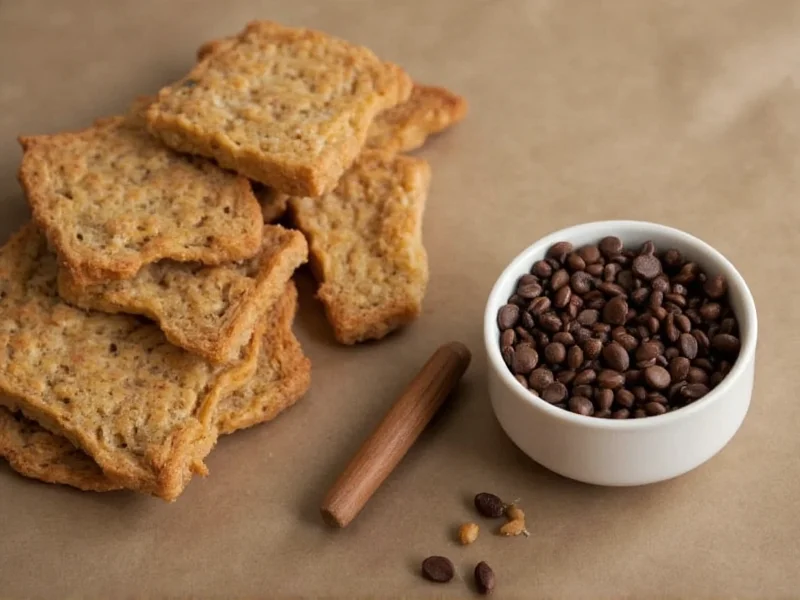When you're in the middle of cooking and realize you're out of mace, knowing reliable mace substitutes can save your recipe. Mace, the lacy reddish covering of the nutmeg seed, offers a warm, slightly sweet, and subtly peppery flavor that's distinct from but closely related to nutmeg. Understanding proper mace replacement options ensures your dishes maintain their intended complexity without compromising on taste.
Understanding Mace and Its Unique Flavor Profile
Mace comes from the same plant as nutmeg but has a more delicate, citrusy note with hints of black pepper and clove. It's commonly used in béchamel sauces, spice cakes, pickling recipes, and traditional European and Indian dishes. When seeking what can i substitute for mace in your cooking, consider both the flavor profile and the dish type to select the most appropriate alternative.
Top Mace Substitutes with Precise Measurements
Choosing the right mace replacement depends on your specific recipe. Here are the most effective alternatives with exact substitution ratios:
| Substitute | Ratio (for 1/8 tsp mace) | Best For | Flavor Notes |
|---|---|---|---|
| Nutmeg | 1/4 tsp ground | All-purpose substitute | Slightly stronger, earthier, less citrusy |
| Allspice | 1/8 tsp ground | Savory dishes, stews, meats | More complex, hints of clove, cinnamon, nutmeg |
| Garam masala | 1/4 tsp | Indian cuisine, curries | Warm blend with cardamom, cumin, coriander |
| Pumpkin pie spice | 1/4 tsp | Baking, desserts | Sweeter with cinnamon dominance |
| Clove + Nutmeg blend | 1/16 tsp clove + 1/8 tsp nutmeg | Rich sauces, holiday recipes | More intense, aromatic complexity |
When to Use Each Mace Alternative
Not all mace substitutes work equally well in every recipe. Consider these specific recommendations when determining how to replace mace in recipes:
Nutmeg: The Direct Replacement
Nutmeg is your most reliable mace substitute since they come from the same fruit. Use it when you need a straightforward swap with minimal flavor deviation. For mace spice substitute for baking, nutmeg works particularly well in cakes, custards, and pastry creams. Remember the 2:1 ratio—mace is more potent than nutmeg, so you'll need slightly more nutmeg to achieve similar flavor intensity.
Allspice: For Savory Applications
Allspice makes an excellent mace replacement in meat dishes, soups, and stews. Its complex flavor profile (reminiscent of cloves, cinnamon, and nutmeg combined) works well where mace would typically add depth. When using allspice as a mace substitute for savory dishes, start with half the amount of mace called for, then adjust to taste.
Garam Masala: For Indian and Middle Eastern Cuisine
If your recipe has Indian origins, garam masala provides a more authentic flavor profile than nutmeg alone. This blend already contains mace among other spices, making it an ideal substitute. Use it in curry recipes, rice dishes, and marinades when you need what to use instead of mace in curry.
Pumpkin Pie Spice: For Sweet Applications
When baking, pumpkin pie spice offers a warm, sweet alternative to mace. It works particularly well in apple pies, spice cakes, and holiday cookies. This blend already contains nutmeg, so it effectively mimics mace's flavor with added sweetness from cinnamon.
Expert Tips for Successful Mace Substitution
Professional chefs recommend these techniques when substituting for mace:
- Grind fresh when possible—Freshly ground nutmeg or allspice provides significantly better flavor than pre-ground versions
- Adjust gradually—Add half the recommended amount first, then taste and adjust
- Consider the dish's cooking time—Longer cooking times require slightly less spice as flavors concentrate
- Balance with acidity—A splash of lemon juice can help brighten dishes when using stronger substitutes
- For delicate sauces—Infuse substitutes in warm milk or cream rather than adding directly
Common Substitution Mistakes to Avoid
Many home cooks make these errors when replacing mace:
- Using equal amounts of nutmeg instead of adjusting for potency (remember the 2:1 ratio)
- Substituting with cinnamon alone, which lacks mace's peppery notes
- Adding substitutes too late in the cooking process for savory dishes
- Using pre-ground spices that have lost their volatile oils and flavor
- Not considering how the substitute affects the dish's color (mace adds a golden hue)
Special Considerations for Specific Recipes
Certain dishes have particular requirements when substituting mace:
Soups and Stews: Allspice works better than nutmeg here, as its complex flavor holds up to long cooking times. Add early in the cooking process to allow flavors to meld.
Béchamel Sauce: For this classic French sauce, use freshly grated nutmeg with a tiny pinch of white pepper to mimic mace's subtle heat.
Spice Cakes: Pumpkin pie spice makes the best mace substitute for baking applications, providing similar warmth with complementary sweetness.
Pickling Solutions: When you need what can i substitute for mace in pickling, use allspice berries whole rather than ground for better flavor extraction without clouding the brine.











 浙公网安备
33010002000092号
浙公网安备
33010002000092号 浙B2-20120091-4
浙B2-20120091-4